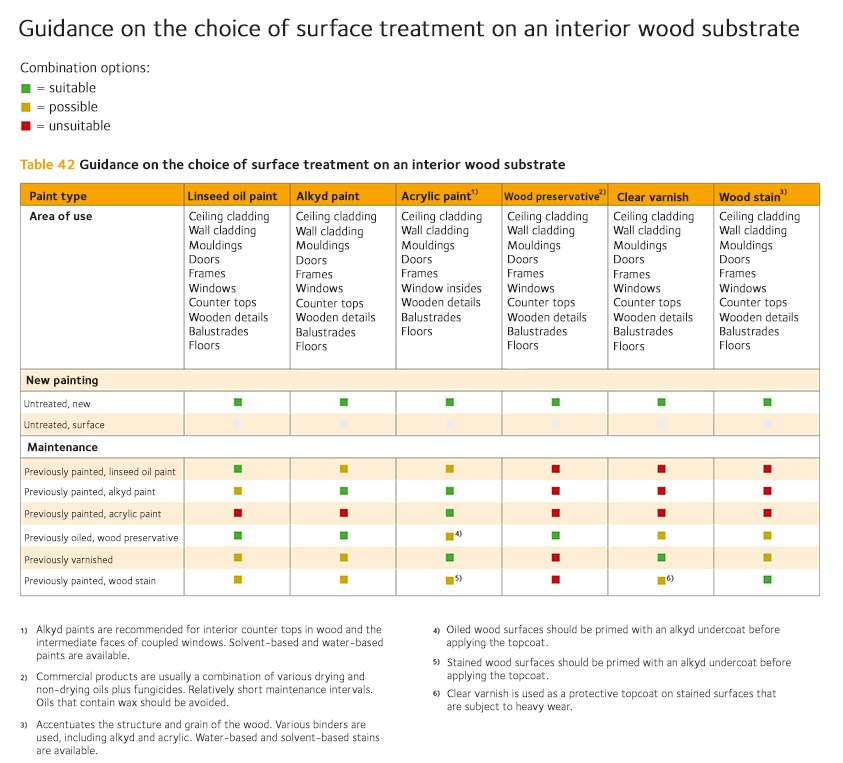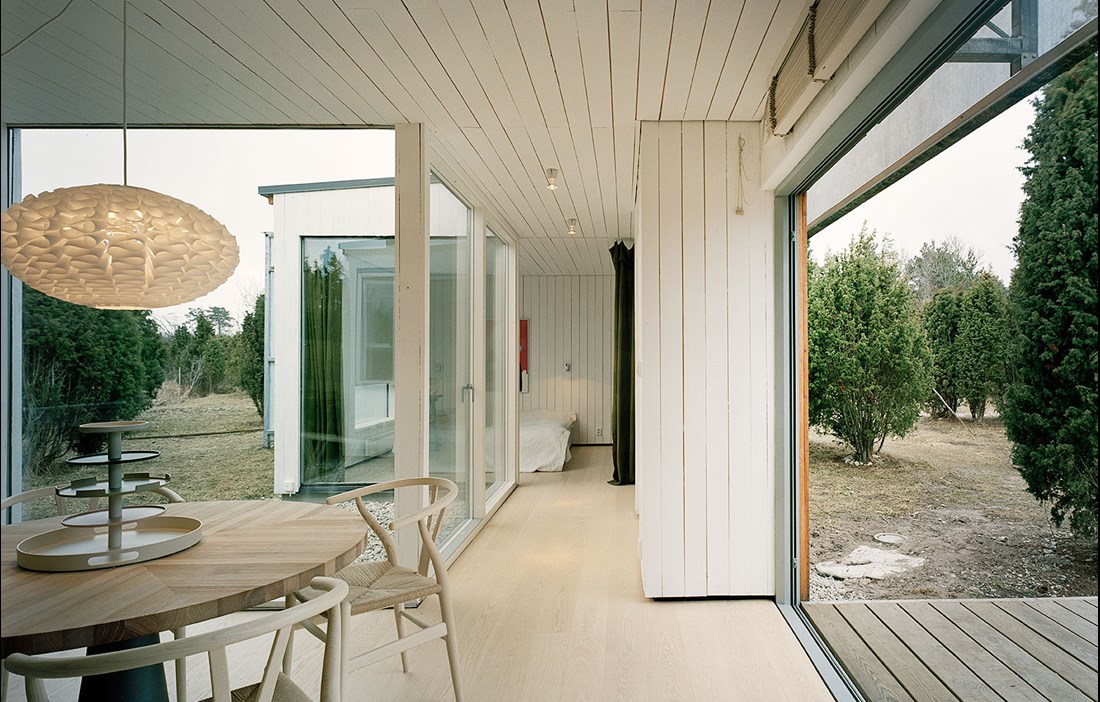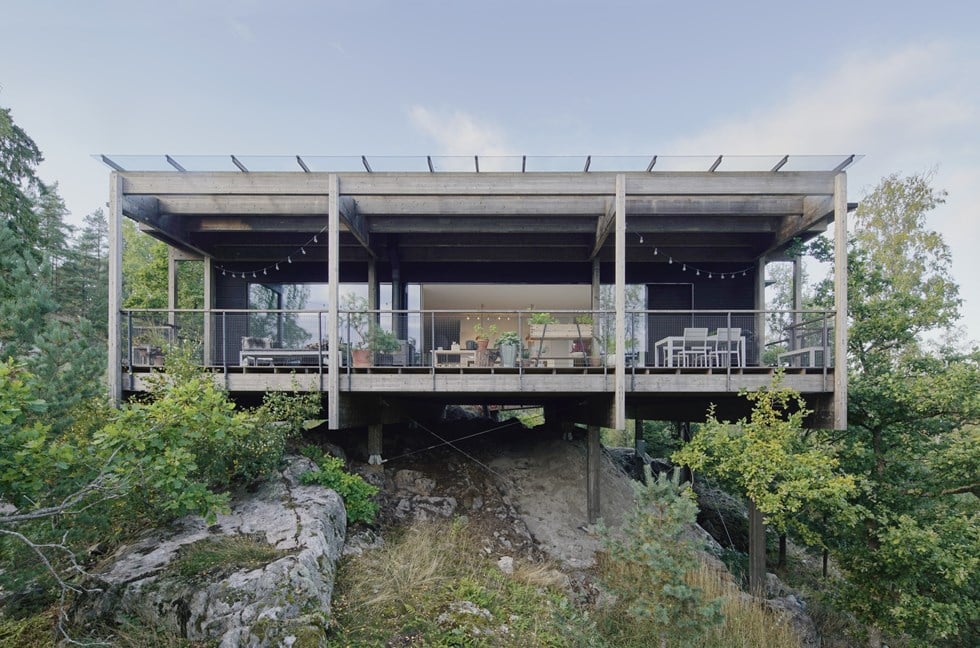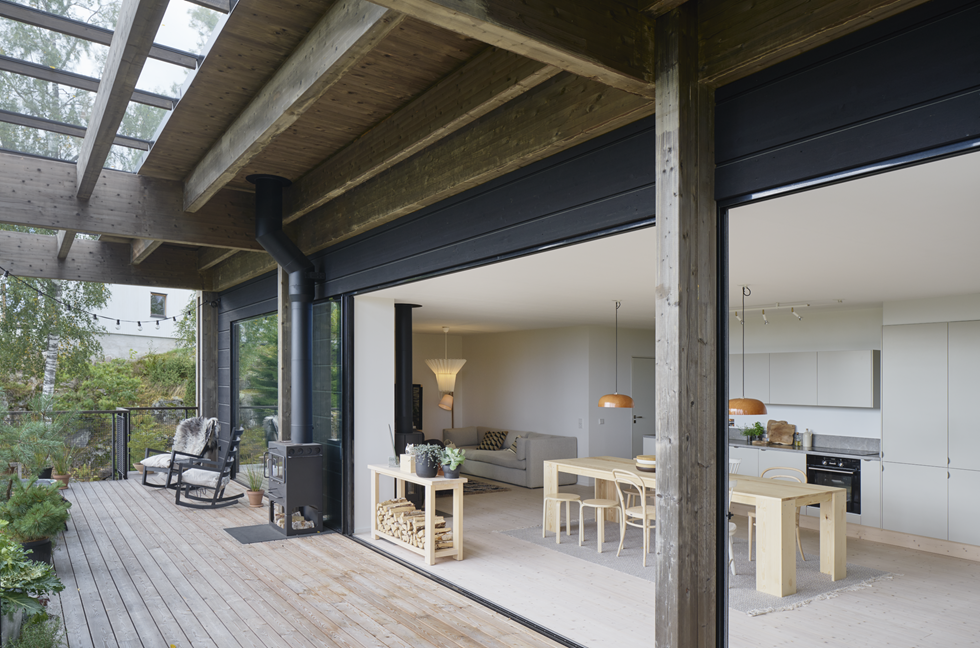Surface treatment of interior wood
Choosing a paint type for interior painting
Interior wood is given a surface coating primarily for decorative purposes. The type of paint used depends on the required aesthetic and functional end result. Sometimes, the substrate to be painted throws up limitations.
The various types of paint are divided up according to their coverage and the binder used, as with exterior paints.
With wood surfaces in wetrooms such as bathrooms and laundry rooms, the surface coating also has a protective purpose. The same is true for the facing sides of coupled window frames, which should be treated in the same way as external window frames.
Preparation important
To avoid knots turning yellow when coating new wood, it is recommended that the knots are treated with knot sealer or shellac before priming.
Careful cleaning when repainting is essential for a successful result. The surface to be painted should always be scraped back to a fully sound substrate and cleaned with sugar soap.
New and existing surfaces should always be sanded beforehand and in between coats.
Maintenance
The interior surface coating of wood should be maintained as the coating is worn down and the decorative and protective properties deteriorate. Surfaces such as windowsills and countertops, where items are placed, will wear more quickly, and surfaces that are exposed to moisture also require more frequent maintenance.
With oiled and stained surfaces, sunlight will cause colour variations between exposed areas and areas hidden by pictures, carpets and tables, for example.
The most common reason for repainting is that we tire of the current look or are influenced by new trends.
Guidance on the choice of surface treatment on an interior wood substrate





 outside or in, Emils Backe, Trosa.
outside or in, Emils Backe, Trosa.